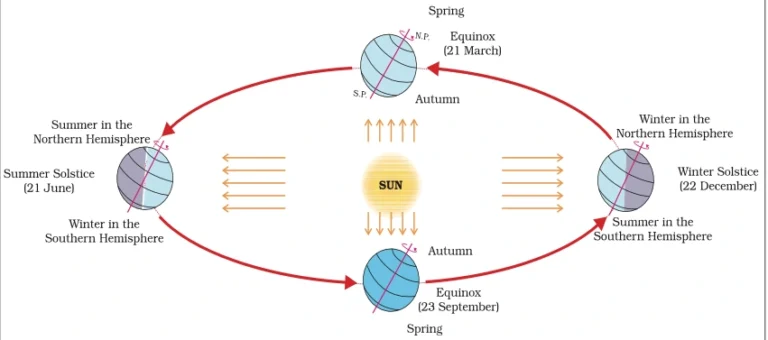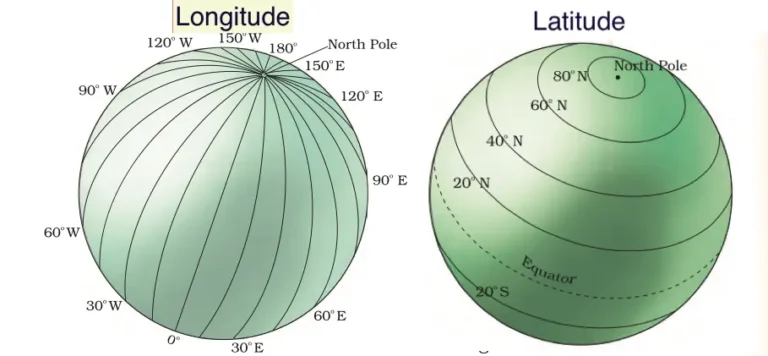Here at MentorAtHome, we provide NCERT Solutions for class 6 maths chapter 2 Whole Numbers we study numbers, number lines, addition, multiplication, and subtraction using suitable properties like distributive, commutative, etc. NCERT solution for class 6 maths chapter 2 helps to make your calculation fast. NCERT solution boosts your preparation for competitive exams as well as school exams.
In NCERT solutions of class 6 maths chapter 2 whole number, we discuss all the questions given in NCER maths books pdf. In this chapter, there are three exercises in which we discuss different topics which help in your preparation.
If you want to Check Ncert Solutions of class 6 for another chapter please select it here.
Here we provide NCERT solutions of class 6 maths chapter 2 exercise 2.1. If you want to see solutions of other chapters you can check them by the above links.
NCERT solutions for class 6 maths chapter 2: whole numbers exercise 2.1 download pdf
NCERT solution for class 6 maths chapter 2 whole number exercise 2.1, the student learns about the whole number, natural number, put appropriate sing (>,<) between 2 number, what is successor and predecessor. NCERT solution for Class 6 maths Ex 2.1 is important for a basic understanding of number and number lines.
The NCERT class 6 maths chapter 2 solution is designed by a subject expert team of MentorAtHome. NCERT solutions and notes are designed in a Simple manner that students easily grasp.
Access NCERT solution for class 6 maths chapter 2: whole numbers exercise 2.1
NCERT solutions of class 6 maths chapter 2 Exercise 2.1
Q.1. Write the next three natural numbers after 10999.
Ans:-
the next three natural numbers after 10999 are 11000, 11001 and 11002
Q.2. Write the three whole numbers occurring just before 10001.
Ans:-
10001-1=10000
10000-1=9999
9999-=9998
the three whole numbers occurring just before 10001 are 10000,9999 and 9998
Q.3. Which is the smallest whole number?
Ans:-
Zero (0) is the smallest whole number.
Q.4. How many whole numbers are there between 32 and 53?
Ans:-
The whole numbers between 32 and 53 are 33, 34, 35, 36, 37, 38, 39, 40, 41, 42, 43, 44, 45, 46, 47, 48, 49, 50, 51, 52.
Q.5. Write the successor of:
(a) 2440701 (b) 100199 (c) 1099999 (d) 2345670
Ans:-
(a) Successor of 244070 is 244070 + 1 = 244071
Hence, successor of 244070 is 244071.
(b) Successor of 100199 is 100199 + 1 = 100200
Hence, successor of 100199 is 100200.
(c) Successor of 1099999 is 1099999 + 1 = 1100000
Hence, successor of 1099999 is 1100000.
(d) Successor of 2345670 is 2345670 + 1 = 2345671
Hence, successor of 2345670 is 2345671
Q.6. Write the predecessor of:
(a) 94 (b) 10000 (c) 208090 (d) 7654321
Ans:-
(a) Predecessor of 94 is 94 – 1 = 93
Hence, predecessor of 94 is 93.
(b) Predecessor of 1000 is 10000 – 1 = 9999
Hence, predecessor of 10000 is 9999.
(c) Predecessor of 208090 is 208090 -1 = 208089
Hence, the predecessor of 208090 is 208089.
(d) Predecessor of 7654321 is 7654321 – 1 = 7654320
Hence, the predecessor of 7654321 is 7654320.
Q.7. In each of the following pairs of numbers, the state which the whole number is on the left of the other number on the number line. Also write them with the appropriate sign (>, <) between them.
(a) 530, 503 (b) 370, 307 (c) 98765, 56789 (d) 9830415, 10023001
Ans:-
We know that the smaller number is always on the left side of the greater number on the number line.
(a) 530, 503
Clearly, 503 is smaller than 530.
Hence, 503 will be on the left side of 530 on the number line.
Expression: 503 < 530 or 530 > 503
(b) 307, 370
Clearly, 307 is smaller than 370.
Hence, 307 will be on the left side of 370 on the number line.
Expression: 307 < 370 or 370 > 307.
(c) 98765, 56789
Clearly, 56789 is smaller than 98765.
Hence, 56789 will be on the left side of 98765 on the number line.
Expression: 56789 < 98765 or 98765 > 56789.
(d) 9830415, 10023001
Clearly, 9830415 is smaller than 10023001
Hence, 9830415 will be on the left side of 10023001 on the number line.
Expression: 9830415 < 10023001 or 10023001 > 9830415.
Q.8. Which of the following statements are true (T) and which are false (F)?
(a) Zero is the smallest natural number.
Ans:-
False (0 is not a natural number)
(b) 400 is the predecessor of 399.
Ans:-
False (The predecessor of 399 is 398 Since, (399 – 1 = 398)
(c) Zero is the smallest whole number.
Ans:-
True (Zero is the smallest whole number)
(d) 600 is the successor of 599.
Ans:-
True (Since (599 + 1 = 600)
(e) All natural numbers are whole numbers.
Ans:-
True (All natural numbers are whole numbers)
(f) All whole numbers are natural numbers.
Ans:-
False (0 is a whole number but is not a natural number)
(g) The predecessor of a two-digit number is never a single-digit number.
Ans:-
False (Example the predecessor of 10 is 9)
(h) 1 is the smallest whole number.
Ans:-
False (0 is the smallest whole number)
(i) The natural number 1 has no predecessor.
Ans:-
True (The predecessor of 1 is 0 but is not a natural number)
(j) The whole number 1 has no predecessor.
Ans:-
False (0 is the predecessor of 1 and is a whole number)
(k) The whole number 13 lies between 11 and 12.
Ans:-
False (13 does not lie between 11 and 12)
(l) The whole number 0 has no predecessor.
Ans:-
True (The predecessor of 0 is -1 and is not a whole number)
(m) The successor of a two-digit number is always a two-digit number.
Ans:-
False (As the successor of 99 is 100)
Student are advised to read class 6 NCERT books. You can also download NCERT book pdf only for Class 6 maths chapter 2.
You may also like to read
| Class 6 Science Solution | Class 6 Geography Solution |
| Class 6 Science Notes | Class 6 history Solution |
What is the difference between a whole number and a natural number?
A whole number is a positive number that does not include a fractional or decimal part. For example, the numbers 0, 1, 2, 3, 4, 5, 6, and 7 are all whole numbers. The whole number includes zero (0) whereas the natural number starts from 1.
Natural numbers are a number that includes all the positive integers from 1 to infinity. It does not include zero (0). In class 6 maths Chapter 2 solutions you solve questions related to whole number.
How do you find the successor and predecessor of integers?
We can find the successor of a whole number by adding one to the particularly given number whereas to find the predecessor of a whole number we will subtract one from the particularly given number.
How many exercises are there in chapter 2 of class 6th Maths?
In class 6 maths chapter 2 solutions have 3 exercises.

